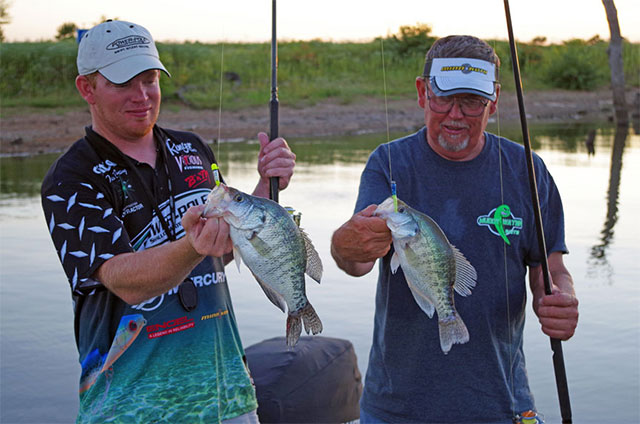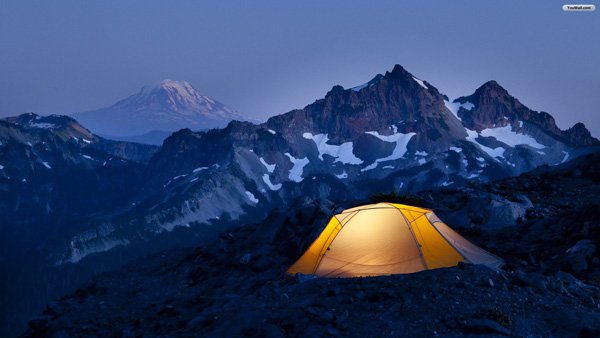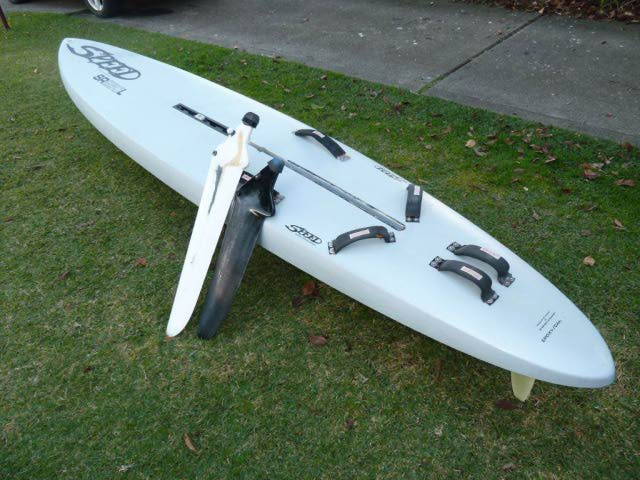
Reelfoot Lake in northwest Tennessee is one of America’s best crappie-fishing lakes. Crappie fans flock to this 18,000-acre lake each spring to enjoy incredible spawning-season action. In March 2009, I was among them.
I had come to Reelfoot at the invitation of the good folks at B’n’M Poles who arranged for me to fish with some of the nation’s top professional crappie anglers. As a result, it was my good fortune to meet Missouri crappie pros Charlie and Travis Bunting, two of the most likeable, talented panfish fanatics with whom I’ve ever shared a boat.
Travis is a carpenter in Centertown, Mo., Charles works for an internet service provider in Jefferson City. Their home waters are Missouri’s Lake of the Ozarks and Truman Lake, but in their “spare” time, this father/son duo has racked up an impressive series of crappie tournament wins throughout the country.
When I joined Charlie and Travis on Reelfoot, I expected they might use complicated fishing rigs and set-ups like other pro anglers I know. Not so. We went after Reelfoot’s slabs with a rig even novice anglers can use to improve their crappie catch: a single jig fished beneath a slip cork. Fishing this combination is one of the Buntings’ favorite methods for nabbing trophy spring crappie.
“There are many reasons to use a jig/bobber rig over just a jig,” Travis said. “First, a bobber rig allows you to detect very light bites. For example, after a spring cold front passes, crappie often go into a lazy mode where they suck a jig instead of popping it. With a jig/bobber rig, the bobber will tip slightly, signaling a bite. A jig/bobber rig also allows you to control the lure’s depth and speed. When you cast and retrieve a jig alone, it falls through the strike zone, and there is no way to stop it. With a bobber rig, the jig can be stopped right on top of structure or a school of crappie. When fishing clear water, the cork’s weight also allows you to cast to shallow crappie from a greater distance to avoid spooking fish.”
The Buntings use two types of jigs when bobber fishing: Travis’ handmade jigs, which are marketed under the name Muddy Water Baits, and Southern Pro Tackle’s Stinger Shad.
“The Muddy Water bait is a 2 ½-inch jig with a larger profile, and the Stinger Shad is a smaller profile bait,” said Travis. “When using the Muddy Water bait, we prefer black/glow or white/chartreuse, depending on water conditions. In the Southern Pro bait, we prefer popsicle, which is a pink/purple/chartreuse combination.”
Thill’s Premium Crappie Floats are the Buntings’ bobbers of choice. These are perfectly balanced for a variety of weight combinations, with the ideal jig weight printed on the float so there’s no guessing.
“Most often, we use a Thill bobber in a 1/16-ounce size, with a 1/16-ounce jig beneath it,” Charlie said. “Matching the bobber size to the size of the jig you’re using is essential in detecting light bites. We almost always use a slip cork for pinpoint casting. Travis likes to use a 9-foot B’n’M Float and Fly rod, and I use a 7-foot B’n’M Sam Heaton rod. If there is wind, it will create a bow in your line, and a longer rod will pick the line up and give a better hookset. We use 6-pound-test HiVis Yellow Vicious panfishing line on all casting rods.”
The Buntings sometimes vary the size of the jig head and/or body to adjust the speed at which a jig falls. This triggers reaction bites.
“For example, when fishing stained water, we may change from a 1 ½-inch Southern Pro Stinger body to a 2 ½-inch Southern Pro Walleye Tube,” said Charlie. “This slows the lure’s fall and puts a bigger profile in the water that’s easier for crappie to see.”
In May, Charlie and Travis use the bobber rig to catch crappie around stumps.
“This is a post-spawn time for us, so the fish can get finicky,” Travis said. “By using the float, we can detect a bite much easier and stay away from the structure. We typically make short pitches to the stumps, pause the bait, then twitch it. If there is no bite, we reel in and move to the next stump. I normally fish the upper side of the stump, and Dad fishes the lower side. This allows us to fish all the way around with one pitch.”
“Another technique we use this time of year is casting the bobber over open-water structure,” Charlie added. “By going over the structure first, we can determine what depth the top of the cover is in and set the depths on our corks accordingly. With this technique, we twitch, stop, twitch, stop, all the way back to the boat. Sometimes the fish will follow the bait a while before they take it.”
While fishing on Reelfoot, the father/son team also showed me how they use jig/bobber rigs for spider trolling.
“We use floats when we spider rig if the fish are pushing the baits instead of thumping them,” Travis explained as we trolled. “We like to use the smallest ice-fishing floats we can find. We do not use the toothpicks that come with them. We just slide the float on before we rig the pole, allowing it to slide up and down the line freely. This allows us to fish any depth without moving the float. It is much easier to see the float move than to see your line move. This works well in all depths, but especially in shallow water where you are generally fishing close to the bottom. By fishing near bottom, the fish cannot go downward with the jig. It forces them to go sideways instead, so you see and hook more fish.”
Hook fish, we did. My new friends boated dozens of big Reelfoot slabs, lending credence to the fact that the knowledge these pros shared can help you catch more crappie, too.
Bear Safety Measures While Camping

Explore 5 Best Hiking Trails in Europe: Pamper Yourself!


Copyright © www.mycheapnfljerseys.com Outdoor sports All Rights Reserved